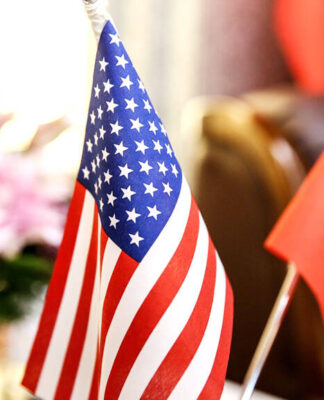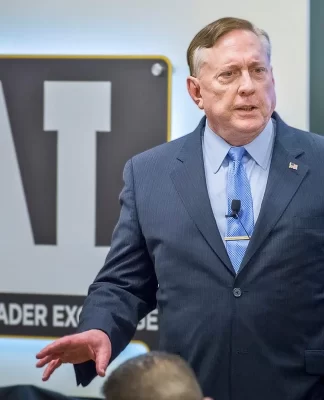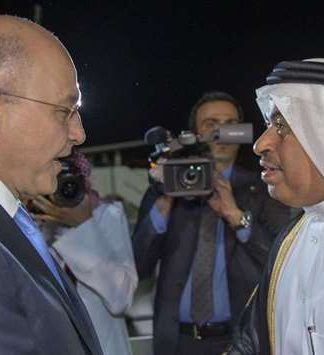Marie Carmichael Stopes was a Scottish author, palaeobotanist, campaigner for women’s rights, and pioneer in the field of family planning.
PHOTOGRAPH BY GL ARCHIVE, ALAMY
Ray Costelloe, pictured here, was a remarkable woman for her time, opening a welding school and building her own house.
PHOTOGRAPH BY LEN COLLECTION, ALAMY
Red Cross nurses work at microscopes in a biology lab during World War I.
PHOTOGRAPH BY PAUL THOMPSON, NATIONAL GEOGRAPIC CREATIVE
Dorothea Bate, a geologist, was put in charge of the collections in the Natural History Museum in London during WWI.
PHOTOGRAPH BY THE NATURAL HISTORY MUSEUM, ALAMY
Like Marie Curie, women during WWI put themselves in harm’s way by using radiation to take X-rays at the front.
PHOTOGRAPH BY TIME LIFE PICTURES, MANSELL/THE LIFE PICTURE COLLECTION/GETTY
This is the cover of A Lab of One’s Own, by Patricia Fara.
PHOTOGRAPH BY OXFORD UNIVERSITY PRES
Later this year is the centenary of the end of the First World War, one of the bloodiest conflicts in human history, which led to the deaths of nearly 20 million people. But as Patricia Fara shows in her new book, A Lab of One’s Own, the Great War also gave some women the chance to emerge from the shadows and show their mettle as scientists, whether by digging experimental trenches to research trench foot, x-raying wounded soldiers on the battlefront, or inventing explosives.
Speaking from Claire College, Cambridge, where she is a fellow and president of the British Society for the History of Science, Fara explains how Darwin’s theory of evolution put forward the idea that women were intellectually inferior to men; how American-born scientist Ray Costelloe became a leading member of Virginia Woolf’s Bloomsbury Group; and how, even today, women scientists still face enormous challenges, not least from a lack of child care.
Set the scene for us, Patricia, by describing the position of women scientists in Britain before The Great War, and how the conflict changed it.
The position of women in Britain in science before the war was very bleak. Only very good schools gave girls scientific educations and, even if they had the education from school, to go to university they had to get round their parents, who usually wanted them to follow a conventional life. So there were very few women studying science at university. Then the war came and changed things enormously. A lot of men went off to fight, so in the museums, for example, women were left looking after everything. Dorothea Bate, for instance, became a great fossil expert and was in charge of the collections in the Natural History Museum. But she was just getting paid on a temporary staff basis. That was another problem. When the women took over the men’s jobs, they earned far less money. When the men went away, women were also allowed to lecture for the first time because, previously, it had been thought unsuitable for them to lecture in front of a mixed audience.
At Imperial College London there was a woman called Martha Whitelywho’d been studying pharmacology, but switched her area of research during the war. She dug an experimental trench in the gardens of Imperial College and led a seven-woman team down into the trench. She even had an explosive named after her, called “DW” for Doctor Whitely, and was the first person to test mustard gas.
Many of the prejudices and stereotypes about women at that time seem almost laughable today. Describe some of the most egregious, and how they held women back.
The most egregious is probably the most famous. Charles Darwin, the great British scientific hero for his work on evolution and natural selection, maintained that over the millennia men have been positively selected because of their ability to fight and build houses and do all the intelligent stuff, while women have been progressively selected to bring up children, and do the cooking and washing up. As the millennia have gone by, the differences between men and women have only increased, so that women are intellectually inferior to men. That was the prevailing ideology. There was research into things like brain size and hormones. Many doctors said there were physiological and anatomical reasons why women could never be as intellectual as men.
One of the great pioneers you write about was Marie Stopes. Tell us about this remarkable woman and how she revolutionized our relationship to sex.
She is an interesting example because she is famous now for opening up birth control clinics and teaching women the facts of life, which are now even taught in primary school. There were an awful lot of women who, when they got married, neither they nor their husbands knew where everything was, how to do it, as well as all the issues with women’s health, like menstruation and menopause. They were completely and utterly ignorant.
But though Marie Stopes is today best known for educating women and men about how bodies work, before that she had a completely different career, as the first woman lecturer in science at Manchester University. She was a great expert on fossil plants and did a lot of research into coal during the war. Then she suddenly had this moment of inspiration. A clinical student of hers told her about a woman who’d come in with a little baby. All her babies kept dying and she couldn’t work out why. The woman’s doctor dismissed it and said, “Go out and have more babies.” But what the student doctor realized was that the husband had syphilis, and that was why all the babies were dying.
Another fascinating woman, Ray Costelloe, became a forgotten figure in Virginia Woolf’s famous Bloomsbury Group. She had American connections, didn’t she?
She did. She came from a Puritan American family and was related to Logan Pearsall Smith, the famous literary critic. But she was brought up over here by her grandmother. Costelloe was absolutely passionate about mathematics and went to Cambridge to study, which was rare in those days. She didn’t do particularly well in maths, because she spent most of her time organizing a suffrage organization.
Ray Costelloe and her sister lie right at the heart of the Bloomsbury Group. Her sister married into the Stephens family—the Virginia Woolf family—while Ray married into the Strachey family. She and Virginia knew each other quite well but they regarded each other with suspicion. Virginia thought it was a shame Ray Costelloe wasn’t interested in clothes, and was a bit fat and clumsy, while Ray couldn’t stand the fact that Virginia and her friends didn’t do anything. They just sat around laughing, talking, and dreaming, while Ray went out, ran committees, opened a welding school, and even built her own house.
Some women scientists actually served on the front, didn’t they? Tell us the extraordinary story of Helena Gleichen.
I learned about Helena Gleichen because she was given a portable x-ray machine by the grandfather of someone who is still alive, who rang me up and told me about her and gave me access to all her correspondence. She was one of those upper-class women, born with about six surnames, and was a distant cousin to Queen Victoria. But she learned how to do radiography, and she and a friend of hers went out to the Italian front. This was an incredibly dangerous part of the war that hasn’t been talked about much during the 2014-18 commemorations. While in Italy, she x-rayed thousands of soldiers, who had got bullets in their brains and other parts of the body.
As with other women working in the war, like Marie Curie, she paid very little attention to her own welfare and suffered quite badly from radiation burns. After the war, she went back to being an artist, but like for a lot of these women, the war was the most exciting time in their lives, the nearest they could get to experiencing what it felt like to be a man. They could make their own decisions, use their own initiative, go where they wanted. So, although it was dangerous, grueling, hard work, it was also very exciting and stimulating.
Two women doctors became legends in wartime Britain. Tell us the story of Louisa Garret Anderson and her longtime companion, Flora Murray.
They were both suffragettes, which was quite unusual, so they engaged in quite violent action until the war started, when the suffragettes stopped campaigning. They then went to Paris and ran a hospital. The Home Office was extremely reluctant to recognize that women could make any contribution on the front. But they did; and eventually they ran an all-women military hospital on Endell Street in London, where they cared for thousands of soldiers. They also carried out research on war-based wounds and how to protect them. They were an extraordinary couple of women.
“Longtime companion” is often code for lesbian, isn’t it?
It is. And it was the same with various other people, notably Ray Costelloe. But I didn’t want to write salacious stuff about who was sleeping with whom because I didn’t think their private lives were relevant to the story I am telling. A lot of people also wanted to keep their private lives private. Perhaps we should respect that.
There’s that saying by Dorothy Parker about the Bloomsbury set, “They lived in squares, painted in circles and had sex in triangles.” But women at the time generally ignored the topic. It was quite normal for women to share a house or flat and nobody asked what was happening. This was when Marie Stopes was having to tell men and women how to have sex, so people just didn’t think about women having sex together. Similarly, a lot of male gay couples were living together and people also turned a blind eye.
“Would you rather have a slap in the eye or a WAAC on the knee?” was a standard joke in WWI. Tell us about the male chauvinism in the Women’s Army Auxiliary Corp and the bizarre discussion around uniforms.
It’s always been a matter of contention what women should wear. What you wore signaled class and many people criticized women for wearing a uniform. But for women in the WAAC, it showed their patriotism and devotion to duty, and that they were doing a man’s job. A lot of them felt they needed to wear a uniform so that they could be identified as legitimate members of the organization, particularly if abroad. There were also accusations against them that they were prostitutes and the only reason they were wearing the uniforms was to infiltrate the camps so that they could have sex with all the men.
There were endless debates about how long your skirt should be, what type of badge you should wear, whether you should have breast pockets because, although they’re very useful, they were regarded as unseemly. The question of what you wear has always been such an important matter to women. It was also physically very important. There are several references to women wearing petticoats and cumbersome clothes and the idea that, if you can take off these constraining clothes, you’re going to free yourself not only physically, but emotionally.
You write, “Glass ceilings and leaky pipelines continue to present tough challenges to scientific women.” Explain that idea and what we can do to change the way things are.
“Leaky pipelines” is the idea that at the moment, though roughly equal numbers of men and women come into university to study science, as you go up through academia, from student to post-graduate to lecturer and professor, the percentage of women gets smaller and smaller.
They’ve also carried out experiments with pretend interview panels, who have been given sets of applications, which could come from men or women. And it seems that, whether the selectors are male or female, they all prefer the male applicants. That’s frightening, because it makes one realize that even women have internalized this prejudice against women, and have more confidence that men are better at the job.
Some things, just in my own lifetime, are colossally different. We’ve made enormous progress. Yet there’s still hidden prejudice. For example, when you go into a university building and look around, there are only men’s pictures on the walls. Or, if you look at student’s science reading lists, it’s predominantly male authors. Then, there’s the whole child care problem. Most women I know cite that as being the major reason why there’s still inequality between men and women.
This interview was edited for length and clarity.
Simon Worrall curates Book Talk. Follow him on Twitter or at simonworrallauthor.com.







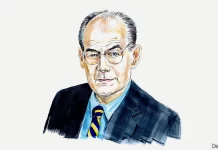


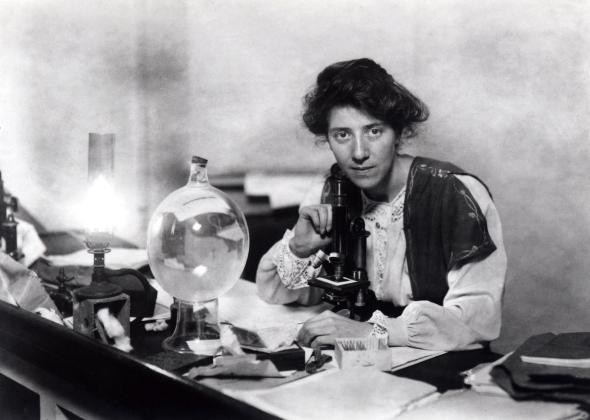

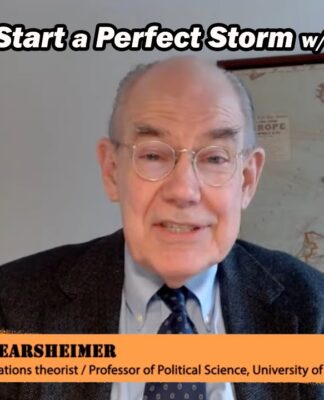
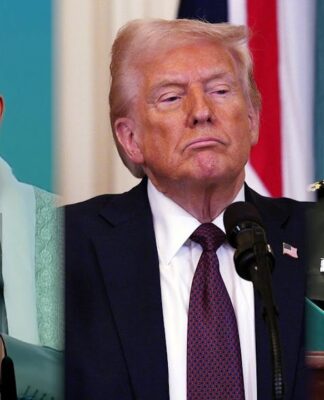
![Qatar Labor Law In 2020??? [UPDATES]](https://welcomeqatar.com/wp-content/uploads/2020/12/Qatar-Labor-Law-1-696x366-1-324x366.jpg)
